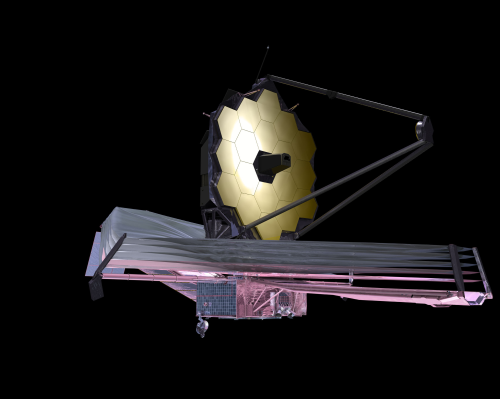
The James Webb Space Telescope, scheduled for launch in 2018, will be a large infrared telescope with a 6.5 m (21.3 ft) diameter primary mirror and a sunshield the size of a tennis court. Both the mirror and sunshade won't fit onto the rocket fully open, so both will fold up and open once Webb is in outer space.
The sunshield's role is to provide a thermally stable environment for the telescope's primary mirror and instruments. The sunshield mid-boom tubes utilise proprietary RS-3C cyanate ester-based composite materials of TenCate and TenCate Cetex® thermoplastic composites.
"The high performance composites utilised on these sunshield tubes or masts that deploy the tennis court-sized sunshield are more than twice as stiff as advanced composites used on commercial aircraft," explains Michael Cichon, Director of Product Marketing of TenCate Advanced Composites USA.
"Equally important, these composite materials must perform reliability in space under harsh thermal cycling conditions."
TenCate Advanced Composites provided pre-impregnated composite materials under contract to Northrop Grumman Aerospace Systems and its business unit Astro Aerospace, which recently completed fabrication of the sunshield deployable mid booms composite tubes for the telescope.


